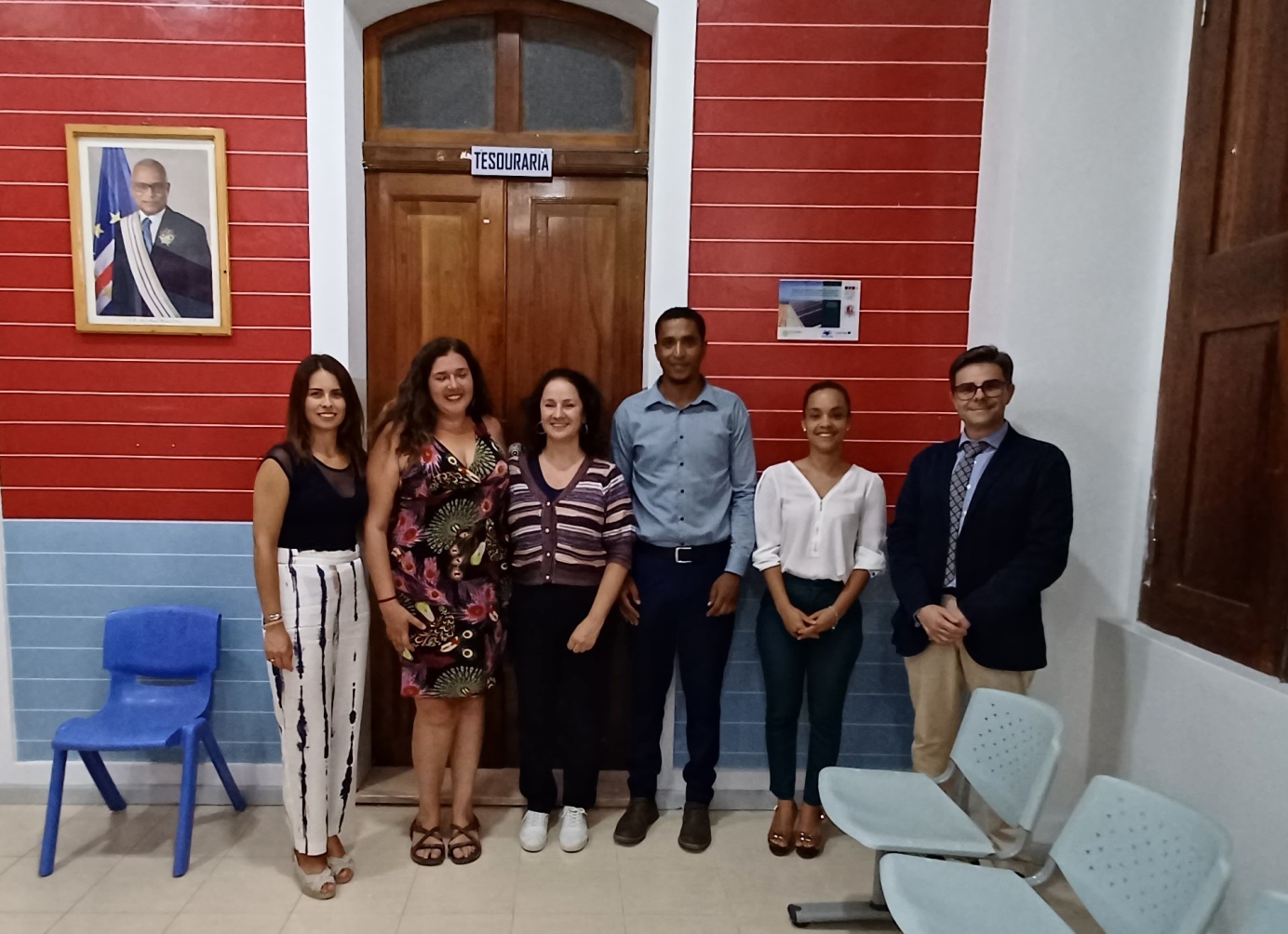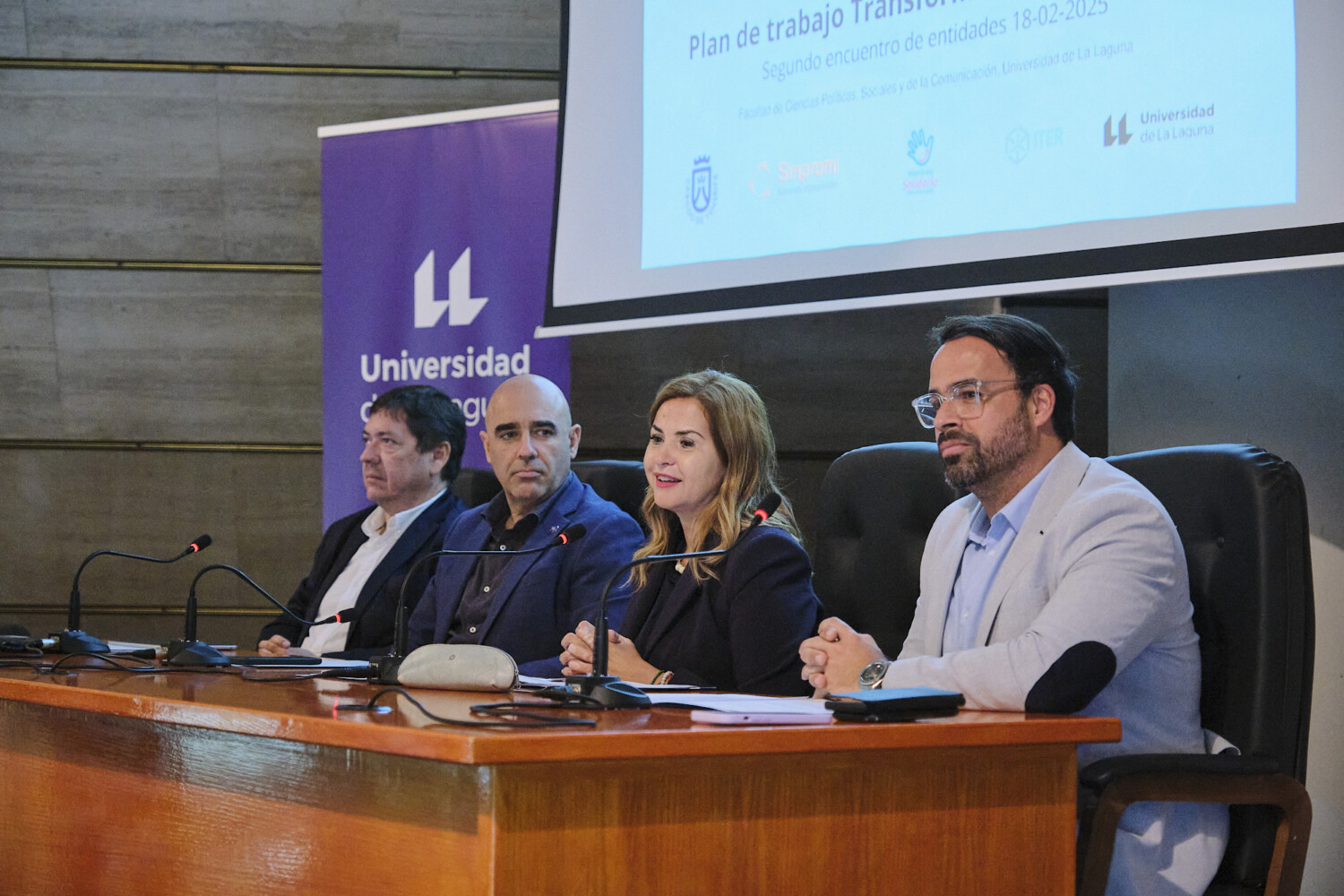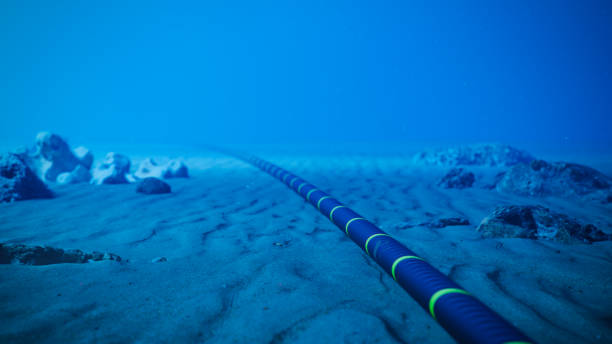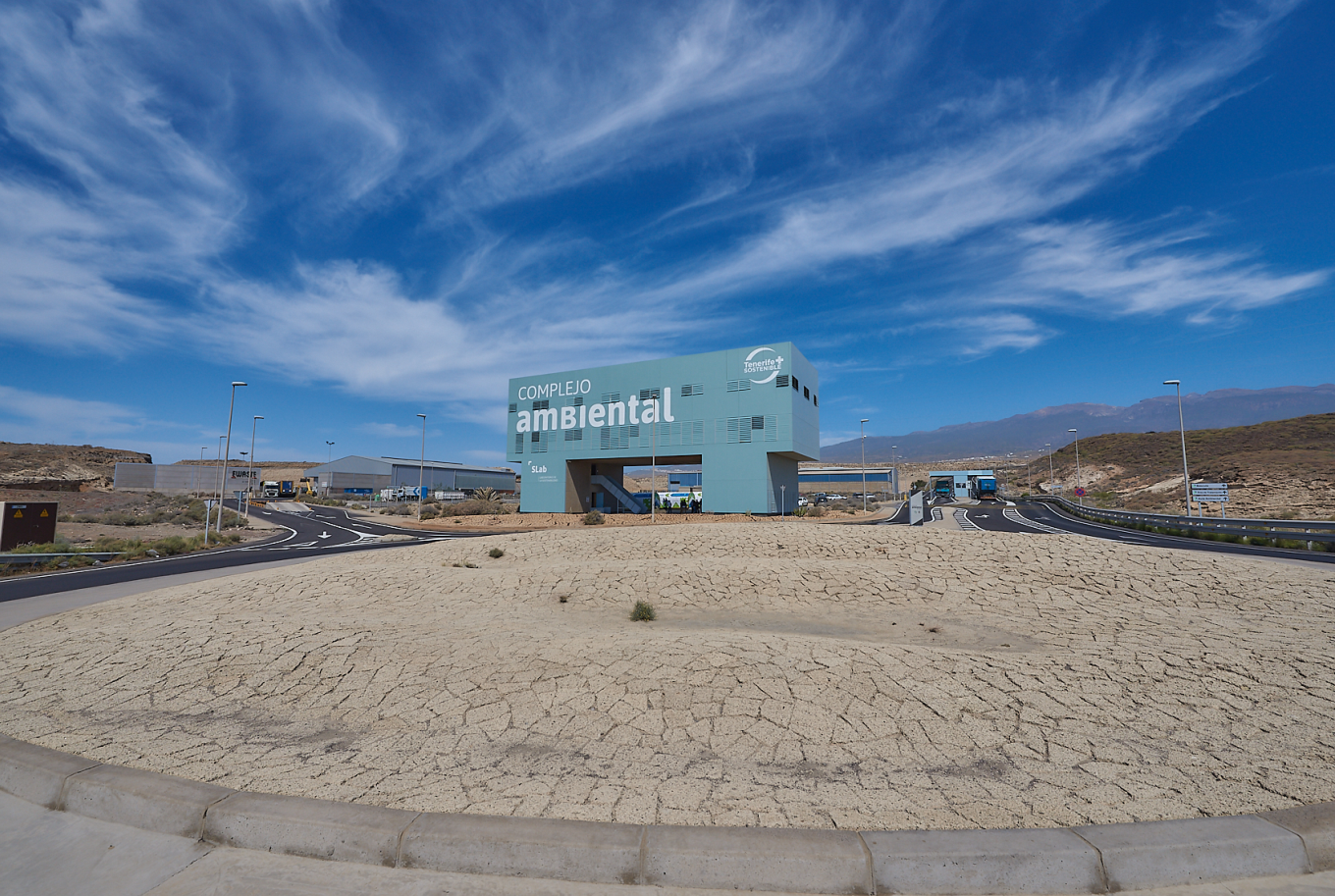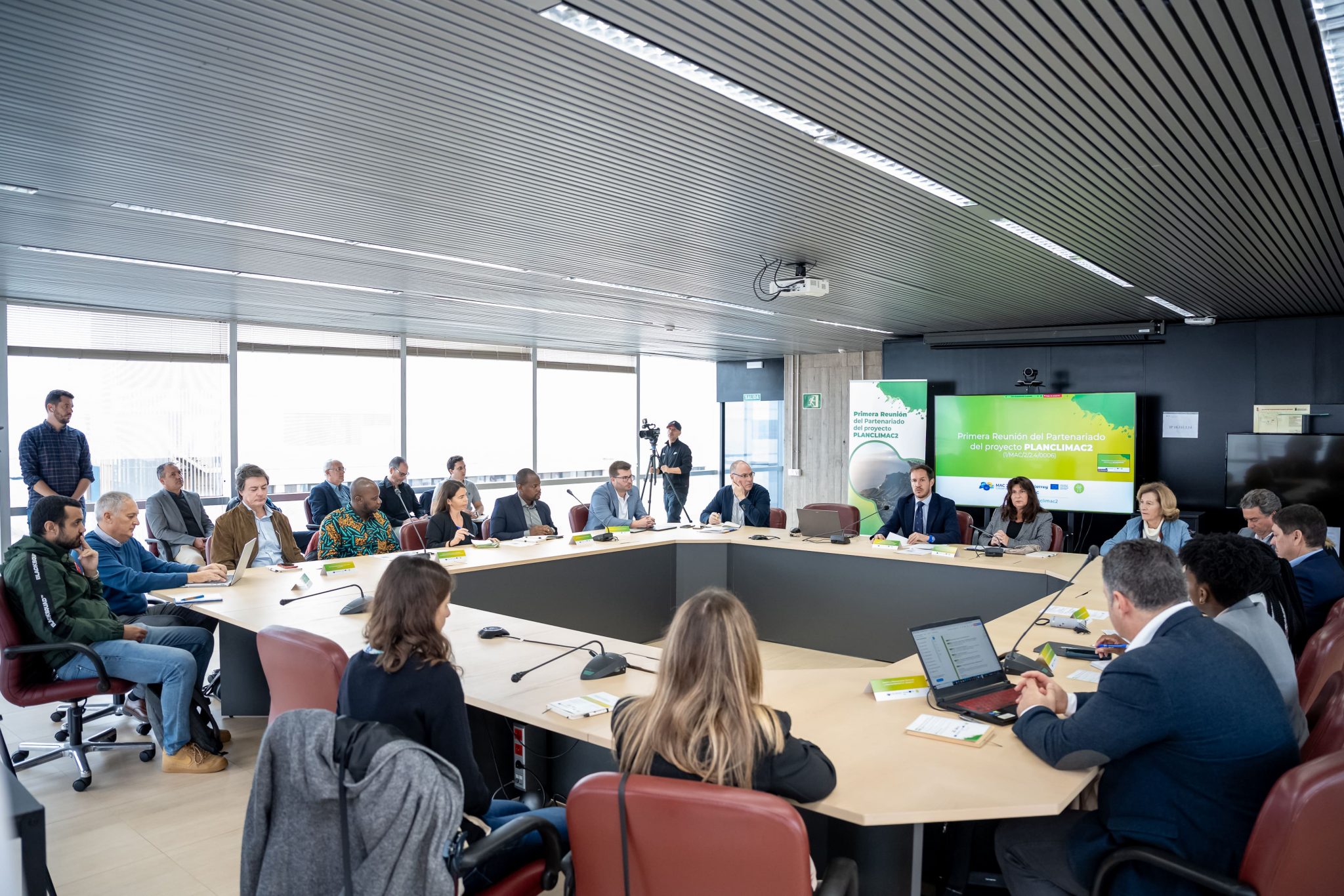The sustainable interventions developed by this European project on the island of Fogo (Cape Verde) received during this week the visit of the Director General for European Affairs and Managing Authority of the Interreg MAC 2014-2020 Program, who noted the excellent results achieved.
The Institute of Technology and Renewable Energies (ITER) and the Tenerife Energy Agency (AIET), both entities under the Innovation Area of the Cabildo of Tenerife, directed by Enrique Arriaga, were the promoters of this project, the results of which continue to arouse great interest.
The SOSTURMAC projectproject, co-financed by the 1st call of the INTERREG MAC 2014-2020 program, was launched with the aim of revaluing the natural and architectural heritage of the Canary Islands and Cape Verde, from an energy and environmental point of view, favoring its conservation and providing added value to its sustainable and cultural tourism offer. The project, which ended in June 2021, implemented in both archipelagos numerous actions of preservation, conservation, enhancement, promotion and dissemination, highlighting the interventions to improve energy sustainability implemented in two buildings linked to the heritage of the island of Fogo (Cape Verde). SOSTURMAC was selected as a Success Case for the strategic project HEXAGONE, being one of the 5 projects that managed to obtain funding from the 56 projects approved in the first call for INTERREG MAC 2014 – 2020, reaching a contract with UNESCO funds for the financing of various materials aimed at the dissemination of the Heritage of Cidade Velha and the public knowledge of this city as a World Heritage Site.
Within the framework of the presentation days of the projects selected under the 2nd call of the INTERREG MAC 2014 – 2020 Program in Cape Verde, organized by the strategic project HEXAGONE on June 14 and 15, a visit was made to the sustainable interventions implemented by the SOSTURMAC project on the island of Fogo, motivated by the interest expressed by the Managing Authority in personally getting to know the results of the project.
The delegation to the island of Fogo was made up of Mr. Julián Zafra, Director General of European Affairs of the Government of the Canary Islands and Managing Authority of the Interreg MAC 2014-2020 Program; Ms. Beatriz Amigó, representative of the HEXAGONE Strategic Project (INTERREG MAC 2014-2020) and technician of the Directorate General for Economic Affairs with Africa; Ms. Almudena Naranjo, Head of the Interreg MAC 2014-2020 Program. Beatriz Amigó, representative of the HEXAGONE Strategic Project (INTERREG MAC 2014 – 2020) and technician of the Directorate General for Economic Affairs with Africa; Ms. Almudena Naranjo, Head of Service in the Directorate General for European Affairs; and Ms. Mónica Alonso, head of the Technical Secretariat of SOSTURMAC and ITER technician. The Cape Verdean partners, beneficiaries of the interventions carried out, the Sâo Filipe Municipal Chamber (CMSF), the Fogo Natural Park (PNF) and the National Environment Directorate (DNA-MAA) participated in the visits.
On Tuesday, June 14, a visit was made, together with several CMSF representatives, to the intervention of “improvement of the energy sustainability of the headquarters building of the Câmara Municipal de São Filipe”, a building of national heritage interest. The visit showed how the work carried out, based on improving the energy efficiency of the building envelope, the installation of a photovoltaic solar plant on the roof and the optimization of the consumption of energy resources, demonstrates the feasibility of this type of action in heritage buildings, and serves as an example for possible replicability, consolidating the Municipality of São Filipe as an example of sustainability applied to historical heritage.
On Wednesday, June 15, the delegation visited, together with the DNA-MAA Delegate in Fogo Island and PNF technicians, the intervention of “improvement of energy sustainability in the tourist information point and administrative headquarters of the Fogo Natural Park”, located in a protected natural area included in the “7 Wonders of Cape Verde”. The intervention carried out makes the park an example of sustainable infrastructure in protected natural areas, with 100% renewable energy consumption, improving its energy efficiency and creating a new outdoor space that enhances its use for tourism and the local community. During the visit, it was noted that the intervention has contributed to creating a more sustainable and comfortable building with greater potential for use by park technicians and other public agencies, as well as by the local community and visitors, and that the intervention has a high potential for replicability.
Also presented was the intelligent and compact weather station “MeteoINT”, which was designed and manufactured by ITER within the framework of the project, and which was installed in both interventions. This device allows continuous monitoring of the buildings and issues warnings if the environmental conditions are not adequate, providing simple recommendations for action to users, such as closing or opening windows and shutters, which ensure the thermal comfort of the building without consuming additional energy.
Other tools or resources developed by the project, such as the Zero CO2 Modular Housing, the Guide of criteria for intervention and sustainable conservation of architectural heritage, the Cultural Heritage Managers of the Canary Islands and Cape Verde, or the SOSTURMAC Sustainable Routes, represent results of interest for future actions that promote the enhancement of heritage resources through sustainable techniques and the promotion of ecotourism and cultural tourism as an opportunity for socioeconomic improvement.
The Managing Authority of the European INTERREG MAC Program highlighted the excellent results achieved by the SOSTURMAC project for both the Canary Islands and Cape Verde, with a high potential to be capitalized in a subsequent project, and thanked for the opportunity to verify in situ part of the actions carried out, since results such as those achieved serve for the European Commission to verify the usefulness of the actions carried out by the projects implemented by the Program.


